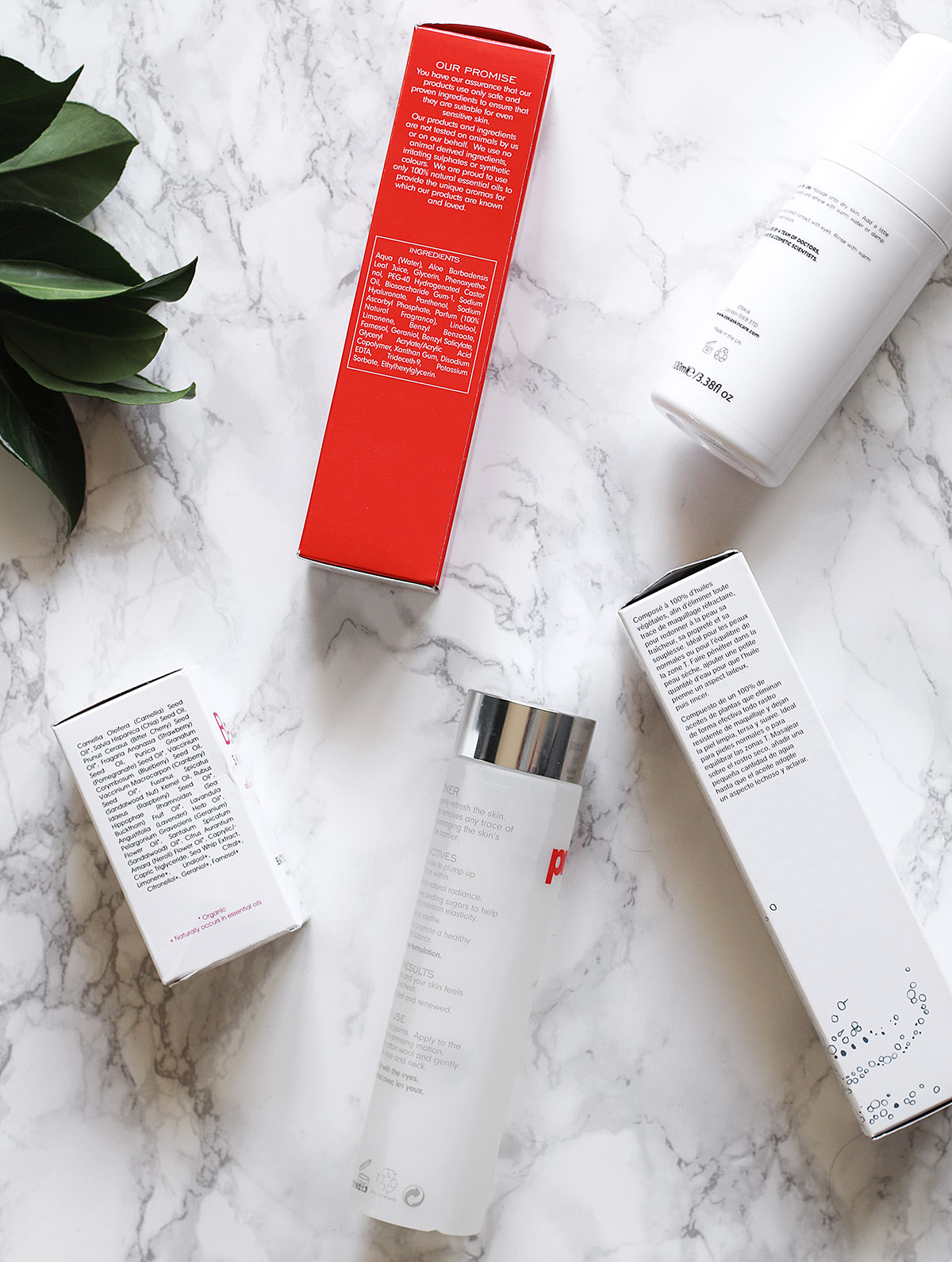
Disclaimer: I am not a dermatologist, doctor, or even a beauty consultant. I can’t give a proper scientific explanation on how antioxidants deal with free radicals or what Glyceryl Stearate is (Actually, I do, it’s an emulsifier but my knowledge strictly comes from Google).
What I CAN tell you, however, is a) how important it is to gather at least a small amount of knowledge regarding what’s in our beauty products and b) how we could build up a least a basic understanding. It’s important, because
- you must know what gets into your skin, and thus into your whole body
- beauty marketing is not really on our side, so we must read between the lines to be able to decide about the truth of the grandiose advertising claims
- if we know about the nature of some ingredients, we can put together the best skincare routines for our individual skin and beauty issues
However, a conscious and mindful beauty shopping is often harder than it sounds. It sometimes feels like you need a medical degree to make something out of products’ ingredient list. Most of them are impossible to even pronounce, let alone understand. So, what are the basic guidelines for navigating ourselves around the million beauty products, their claims, and the confusing world of beauty science?
How to read a beauty label and ingredient list
When there is no ingredient list on the package, move on
In the EU and US, companies must print the ingredient list on their packages. In the rare case that you don’t find the whole ingredient list on the package, get really suspicious about the authenticity of that product and forget it.
The order matters
Ingredients are listed on product labels in descending order with the highest quantities at the top of the list. If a product sells itself as extra hydrating, but the ingredients that can provide that hydration are found far, far at the end of the list, it is safe to say that the desired results will probably never come.
The 1% rule
This descending order rule, however, does not completely eliminate confusion regarding the nature and quantity of ingredients in a product. Ingredients that are present at a concentration below 1% can be listed in any order. This means that there is a 1% level somewhere on the label and after that a 0,1 concentration ingredient can preceed a 0,9 % one. Sometimes brands do play with these rules and put fancier ingredients before others even if the product contains less of the former. To make matters even more confusing, sometimes the 1% does not indicate a problem. For example retinols are used at levels below 1% and that’s OK. So, there is no exact science to guess to concentrations. A good rule of thumb is to look at the first five or six ingredients, because most often they will be the ones responsible for the primary functional properties of the product. Some other good indicators: the EU and Japan only allows Phenoxyethanol and parabens at less than 1%. Preservatives, pigments, fragrances are also rarely used above 1%.
Beware of angel dusting
Angel dusting is the dubious practice of adding a very tiny amount of an active or very popular ingredient to a product, so it can be featured on the ingredient list. Remember, ingredients must be listed by descending order, but the exact amount is not specified. The company thus adds a teeny-tiny amount of the popular ingredient and then it may heavily feature it on the label or in advertising. It’s a misleading practice, as what they technically do is legal: the ingredient is indeed included in the mix – just not in the amount necessary for it to produce any effects. This is only assumed by the consumer. Some even go so far as to claim the ingredient is part of a “proprietary blend.” A blend that makes up 10 percent of the total product will be placed high on the list, even if the touted ingredient only exists in trace amounts within it. Companies mostly do this for financial reasons, as the good active ingredients are usually expensive. So, what can we do about it? It’s difficult, but paying attention to the order help. If the ingredient is near the bottom of the list, it’s suspicious. See this example.
Translate the ingredient list

Brands must follow the International Nomenclature of Cosmetic Ingredients (INCI) standards and thus are required to list ingredients using their approved scientific names (in order to ensure consistency and avoid confusion and fantasy names). Unfortunately, this does not help the consumers, at all, as it makes the list crazy long and hard to read. However, there are a couple of useful websites and applications, which can help us translate the INCI names to normal, human language and even provide some explanations about them.
- Cosmetic Ingredient Dictionary. Created by Paola Begoun (founder of Paula’s Choice) will give you lots of info on various ingredients as well as its function and a rating. You can search by category (antioxidants, hydration, vitamins etc) or alphabetically.
- COSDNA. You can either search for specific products or copy the whole ingredient list into a blank box. The website will then list the individual ingredients, along with their functions and a safety value.
- Cosmetics info. Another in-depth dictionary of cosmetic ingredients.
Know what the symbols mean
Besides the timer and the jar, there are usually tons of other symbols on a packaging. See this visual guide for the 10 most common.
Look for the little jar symbol

Products with a lifespan of less than 30 months have an egg timer symbol, followed by the “Best before the end of”date. Products with a lifespan of more than 30 months must have a “Period after opening “symbol, which shows have long the product is good after opening. Look for the small symbol of a floating lid jar with a number and an ‘M’ on it (six months, 12 months, etc).
The fragrance issue
Parfum/Fragrance (along with flavors) gets a free pass from all these rules. A regulation dating back to the 1960s in the US made it possible for companies to disguise the exact composition of their fragrance blends in order to protect their unique formulas and trade secrets. This loophole continues to exist, thus brands are allowed to only list fragrance as if it were a single unit, when in reality in might contain hundreds of different synthetic, preservative, or allergy-provoking substances. That’s the reason that people with sensitive skins are advised to stay away from heavily fragranced products, as they have no chance to identify the exact allergy-inducing component.
Natural, organic, vegan?
The popularity of more natural and green products are rapidly increasing all around the world. However, there is still a lot of confusion and uncertainty regarding what exactly green, organic, or natural mean. Most of it is due to the fact that regulations are not exactly streamlined and standardized. It’s a huge topic and if someone is really determined to buy organic, eco-friendly, or vegan products, I would really recommend lots of research into the exact products themselves, their claims, and the various certifications. You can find some basic guidelines here, here and here.
Research, research
When in doubt, do the research. Look for reviews and ingredient dictionaries. Read trustworthy beauty science sources who do tell the truth about ingredients, marketing claims, and science. My favorite is The Beauy Brains, a website run by two cosmetic scientists. In their blog and podcast, they discuss a variety of issues, explain which ingredients and products work, what is truth and what is just marketing. LabMuffin also provides great explanations, in simple terms.





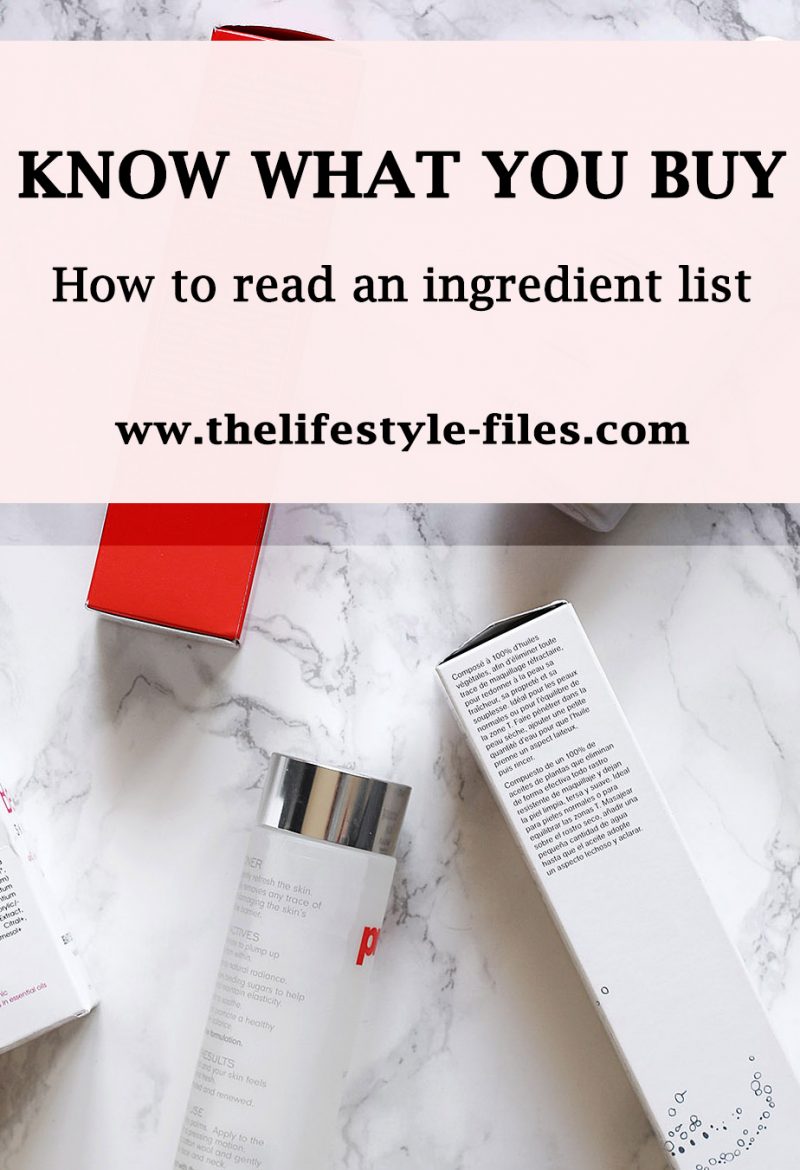
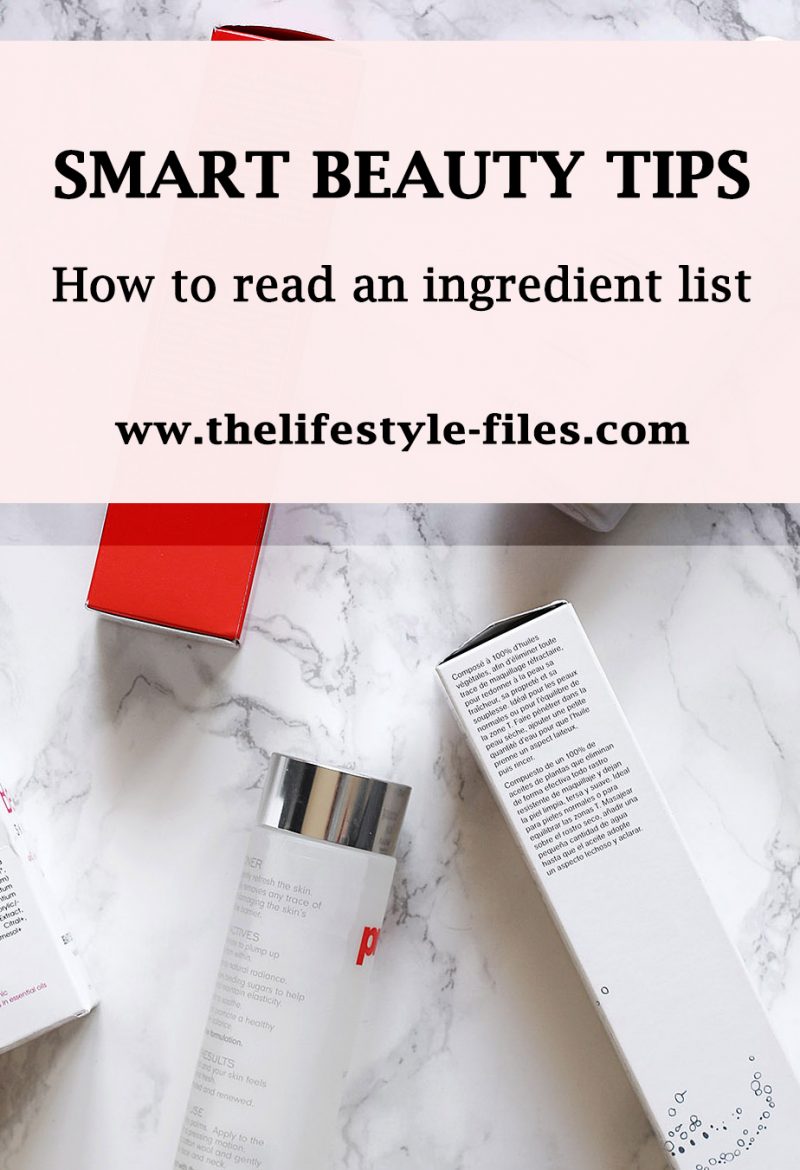

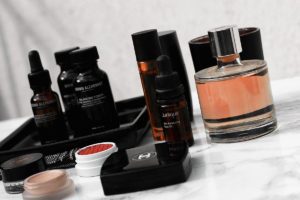
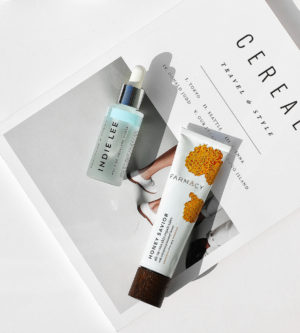
This is extremely useful, thank you so much!
So glad you found it useful:)
This is phenomenal!! I’m writing a blog post that touches on some of these, and have found this write up to be SO helpful. (I’m familiar with “angel dusting,” but hadn’t heard that term before.)
Thank you for reading! Let me know when you launch your blog, from the looks of it, I’ll be an avid follower 🙂 I’m obsessed with beauty science and getting more educated on all things beauty!
This is super interesting. I’ve never thought to check the ingredients before.
http://ohduckydarling.com
I’m so happy you found that interesting. I never used to read ingredient lists either, then I realized that’s where the truth is hidden:)